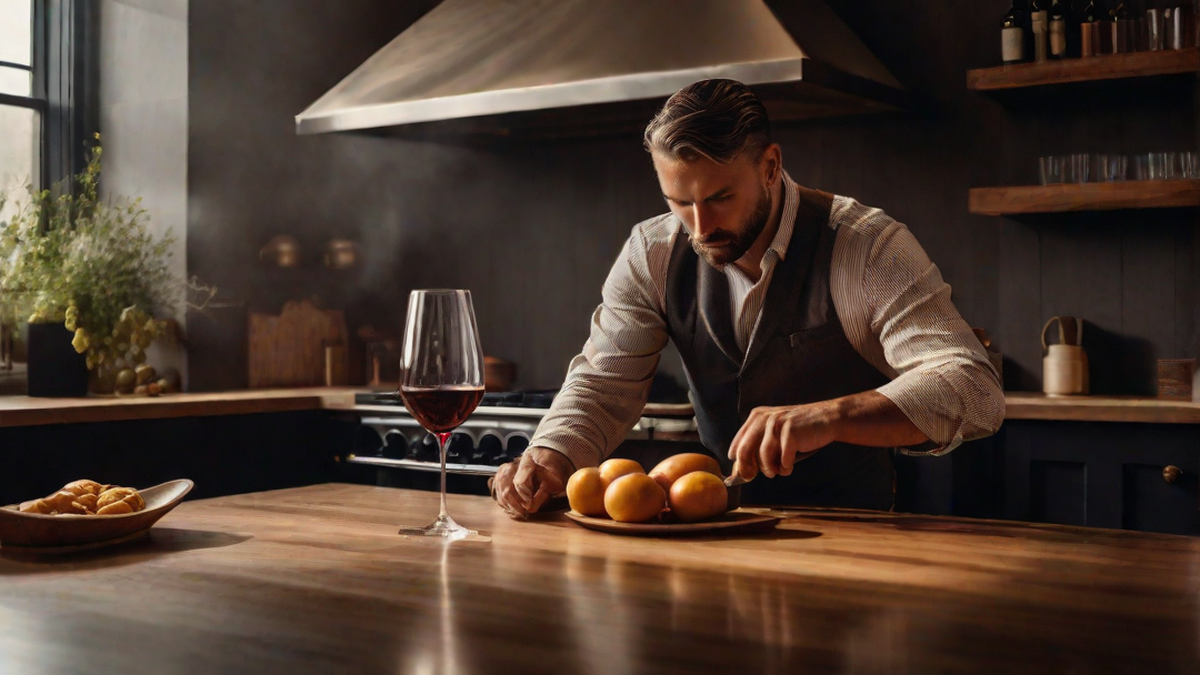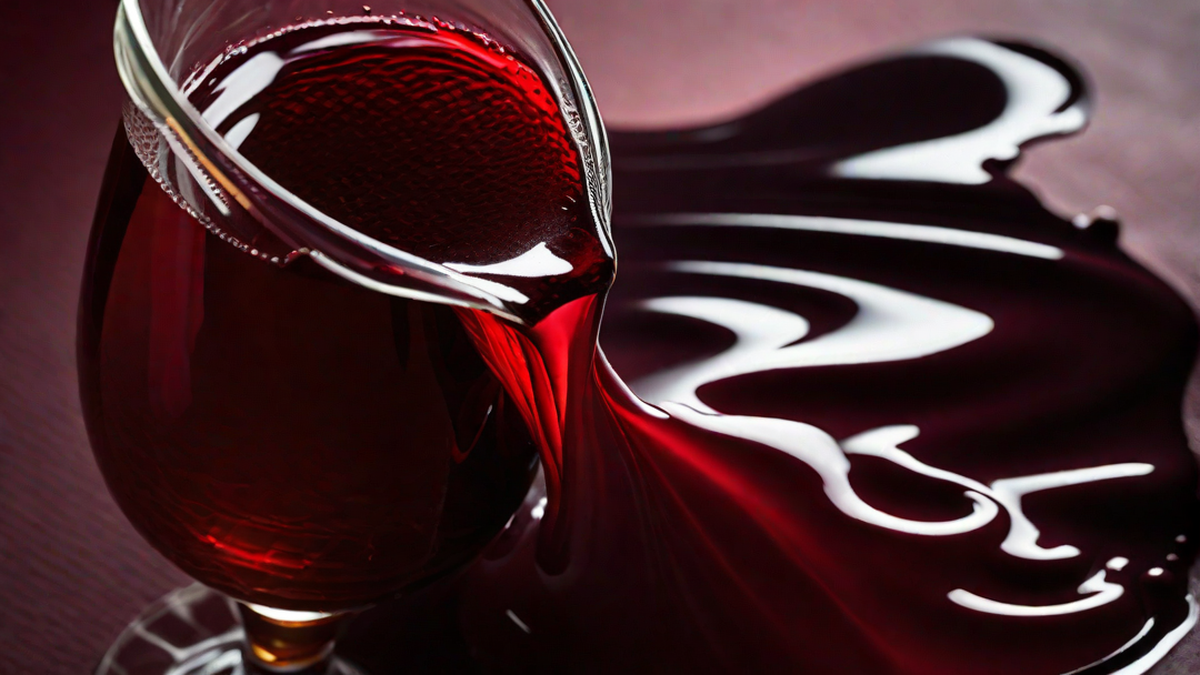I am excited to share my personal account and detailed instructions on producing 6 gallons of delectable blueberry wine. Crafting wine at home is a fulfilling pastime and presents the opportunity to personalize flavors and try a variety of fruits. Crafting blueberry wine, specifically, is a fabulous option as it provides a distinct and invigorating flavor.
Gathering Your Ingredients
The first step in making blueberry wine is to gather all the necessary ingredients. Here’s what you’ll need:
- 12 pounds of fresh blueberries
- 10 pounds of granulated sugar
- 6 gallons of water
- 1 packet of wine yeast
- 5 teaspoons of yeast nutrient
- 5 teaspoons of pectic enzyme
- 1 campden tablet
Preparing the Blueberries
Start by washing the blueberries thoroughly and removing any stems or leaves. You can use a colander or strainer to make this process easier. Once clean, transfer the blueberries to a large fermentation vessel, such as a food-grade plastic bucket or glass carboy.
Creating the Must
In a separate pot, bring 2 gallons of water to a boil. Once boiling, remove from heat and add the sugar. Stir well until the sugar is completely dissolved. Pour the sugar water, also known as the “must,” over the blueberries in the fermentation vessel.
Adding Yeast and Nutrients
After the must has cooled to room temperature, dissolve the campden tablet in a cup of water and add it to the fermentation vessel. This helps to kill any wild bacteria and sanitize the mixture. Next, sprinkle the wine yeast on the surface of the must and let it sit for 15 minutes. Finally, add the yeast nutrient and pectic enzyme, which help to promote fermentation and clarify the wine.
Fermentation Process
Cover the fermentation vessel with a clean cloth or lid, ensuring that it’s airtight. Allow the mixture to ferment at room temperature for about 7-10 days. During this time, the yeast will consume the sugar, converting it into alcohol. You may notice bubbles and foam forming on the surface, which is a sign of active fermentation.
Racking and Aging
After the initial fermentation is complete, it’s time to transfer the wine to a secondary fermentation vessel. This process, known as racking, helps to clarify the wine and remove any sediment. Carefully siphon the wine into a clean carboy, leaving behind any sediment at the bottom.
The Finishing Touches
Seal the secondary fermentation vessel with an airlock, which allows gases to escape while preventing oxygen from entering. Let the wine age for at least 3-6 months, or even longer if desired. During this time, the flavors will mellow and mature, resulting in a smoother and more enjoyable wine.
Bottling and Enjoying
Once the aging process is complete, it’s time to bottle your homemade blueberry wine. Use sterilized glass bottles and cork them tightly to preserve the freshness. Allow the wine to bottle age for a few more weeks before enjoying. Serve chilled and savor the delightful flavors of your very own blueberry wine!
Conclusion
Making blueberry wine at home is a rewarding and enjoyable process. By following these steps, you can create a delicious batch of wine that reflects your personal taste preferences. Remember to have fun and experiment with different variations to make it truly your own. Cheers to homemade blueberry wine!




